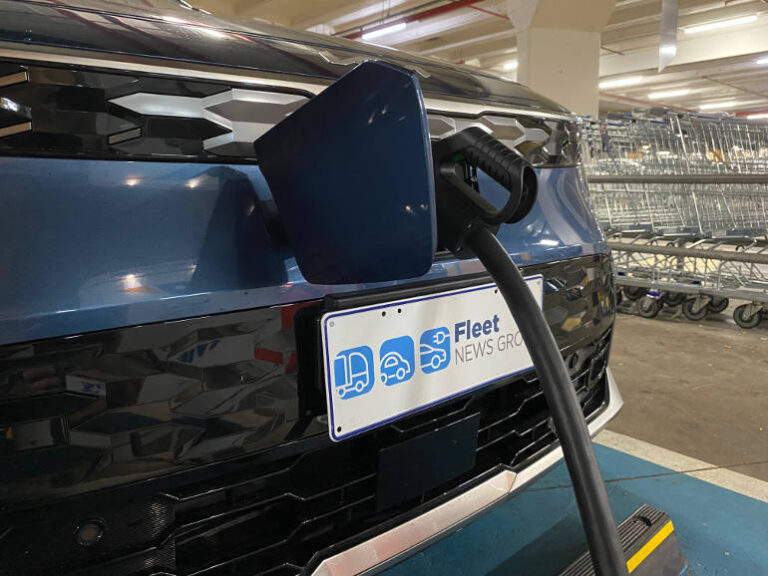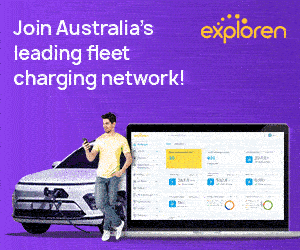The message from industry professionals and early adopting fleet managers is clear – plan your charging strategy before purchasing electric vehicles. It’s a process that requires collaboration with several arms of your business, from finance to facilities, and planning charging will take much longer than the time it will take to have shiny new cars delivered.
Planning for EV charging is much different than traditional aspects of fleet management. Here are some clear steps you can take to ensure it’s not a big headache further down the road.
- Look at which vehicles are most suitable for electric replacement; Are there passenger vehicles that run predictable routes? When are vehicles due for replacement? Are there any vehicles that can be removed entirely? Where are vehicles garaged at night? Which staff are going to be most comfortable with new technology?
By setting out replacement schedules for the vehicles, and highlighting which ones are garaged in depot or at an employee home, you’ll be able to move through transitioning vehicles in an organised fashion.
- Determine your electrical capacity for charging at depot; What condition are your switchboards? Are they close to where you’ll park for charging? What is your spare capacity? What is the building lease like? Can electrical changes be made for charging?
Here you’ll need to work with your facilities team and electricians. Smart meters on your switchboard mean your electrical retailer can give you interval data, from which you can determine if you have spare capacity in your electricity supply. You’ll also need to assess if switchboards are up to standard, and if they are appropriately sized for an increase in demand. Only a licenced electrician can touch your switchboard and can provide this information. Consider load management tools before upsizing electrical supply.
- Consider when cars are parked long enough for charging; Are vehicles on road all day? Can they charge at night? Will they need charging mid route? Is home charging an option?
If a vehicle is in operation all day long, the reasonable time to charge is overnight, which also allows for slower and more cost effective charging during off peak hours. But if a vehicle is regularly taken home by an employee, at home charging may be most effective, and that comes with a host of additional considerations. Fast DC charging is more expensive but works to get a vehicle back in operation quicker. Often a mix of AC (slow) and DC (fast) charging at a depot allows for regular overnight charging and the fast top up in case of a mid day top up or human error. Public charging should be available to your drivers, but should not be your primary method of charging fleet cars.
- Scope and cost of charging infrastructure; What will your fleet charging profile look like? What expense budget will this come from? Are there any grants available? What ongoing service agreements will be needed? Which hardware and software best suits your needs? How will you make your installation future proof?
If you’re going to tender with your charging infrastructure works, ensure you have a scope that determines the type and number of chargers to be installed, and any additional parts needed, such as load management tools or dedicated distribution boards. Ongoing support from your supplier is more important than cost at this early stage of the technology, and ensure that they are talking about future proofing your installation. There are incentives from several levels of government, depending on your location, so do apply for those if you can.
- Collaborate with different sectors of your business; How will staff be trained? What OHS measures need to be implemented? What changes are needed for the maintenance of EVs? What support do you need in this process?
This is undoubtedly the most important of the steps here, as you will need to be collaborating with colleagues across various sectors of the business to have a successful transition. Tossing an apprehensive driver the keys to a new EV may create a negative experience, and a lack of training and understanding for the vehicle user may create risks to staff and assets.
The process of EV transition may seem overwhelming, and it is a huge evolution from the responsibilities of fleet management of recent years. Do ask for extra resources, in time or assistance, in planning for your transition, and do make planning the first step in your EV journey.







